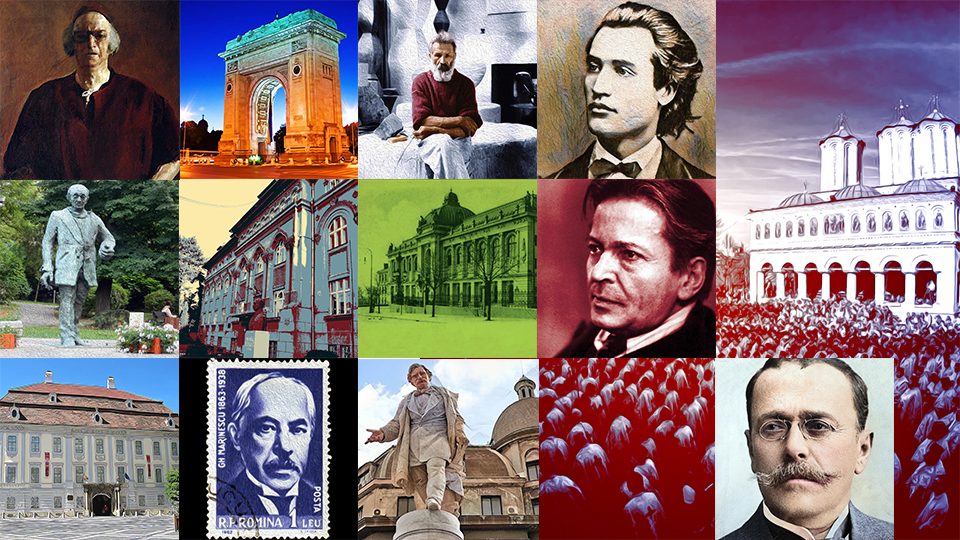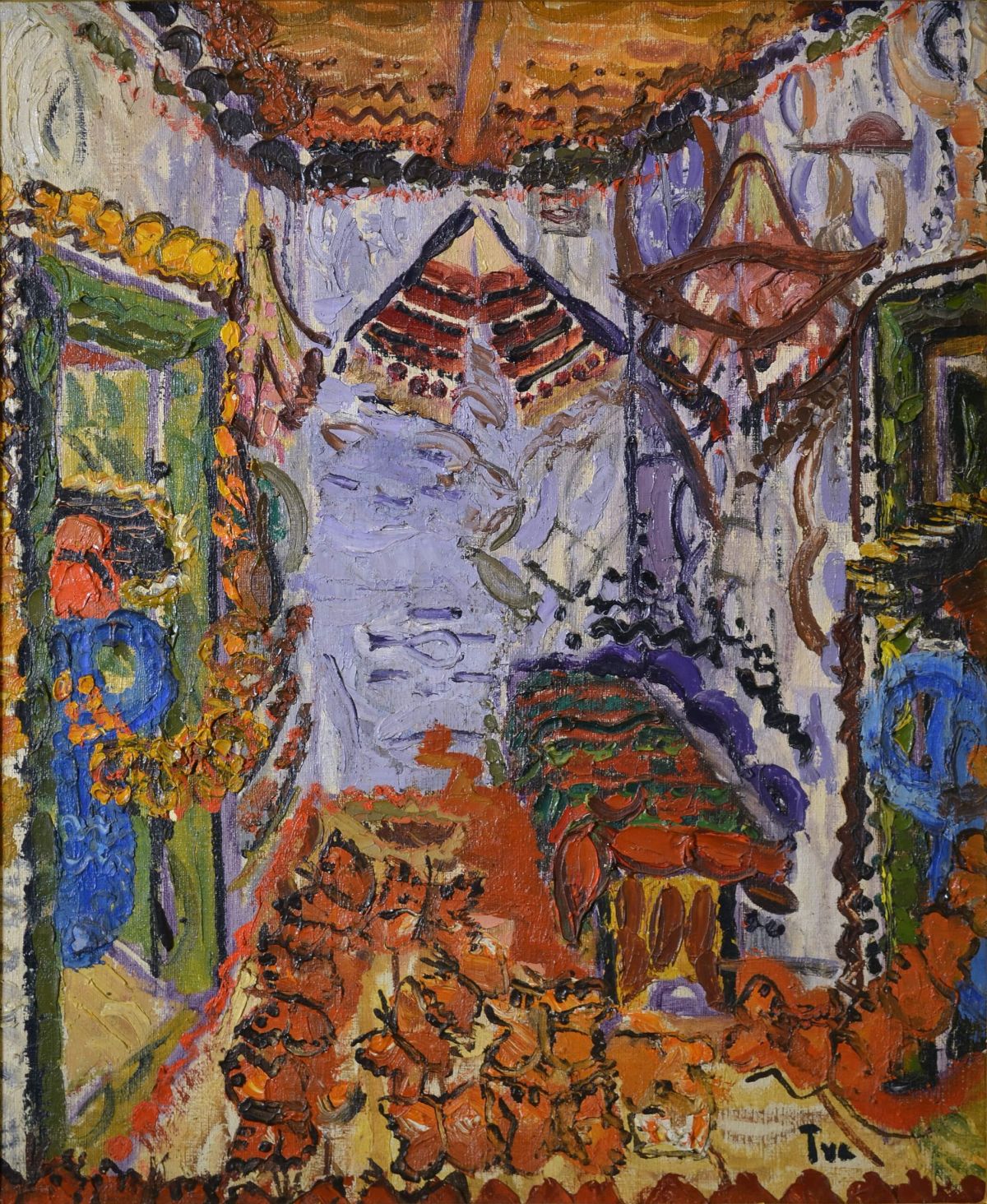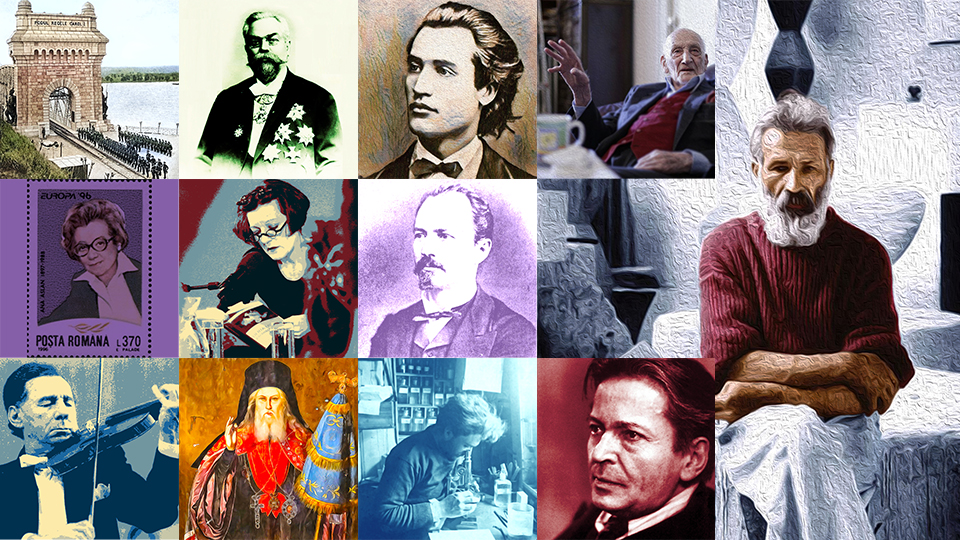Architect Ion D. Berindey
The life and work of one of Romanias most prominent early 20th century architects.

Christine Leșcu, 25.07.2015, 14:28
The moniker Little Paris used to describe
Bucharest is embraced by some, and contested by others. The latter believe that
the many contrasts of the city, with dilapidated hovels next to mansions, are
not only far from resembling Paris, but are part of the charm and specificity
of Bucharest. What is true, however, is that starting around the half of the 19th
century, renowned architects started designing buildings that resembled those
in Paris.
One of them is Ion Berindey, born in 1871 into
a family of architects. His father, Dimitrie Berindey, was the first Romanian
architect to graduate fine arts in Paris, where he studied between 1853 and
1859. Accordingly, his son became an architect of the modernist style. He
enrolled at the Bridge and Road School in Bucharest, but soon left for Paris.
He studied there between 1891 and 1897, at the same school as his father, and
started working at several projects at the same time, in the style he learned
in Paris. Here is architect Sidonia Teodorescu telling us about it, as the
author of a monograph dedicated to Berindey:
Early in the 20th century he
received several commissions, so he started working at several buildings in
parallel, and some of them are now famous, such as Cantacuzino Palace, which currently
houses the Very Small Theatre in Bucharest, which previously had been the
Journalists’ Union, then Palace of Culture in Iasi, the former hippodrome in
Bucharest, now demolished, as well as various private residences in other
cities, such as Craiova and Constanta. Berindey’s creation is eclectic, with
elements of the Neo-Baroque, Neo-Rococo, and Art Nouveau. What was surprising,
and I emphasised that in my book, was the fact that Ion Berindey has designed
lots of buildings in the Neo-Romanian style. Some examples are buildings that
were not given much attention before, such as the St. Catherine orphanage, the
Queen Elizabeth asylum, as well as some pavilions part of the Romanian General
Exhibition of 1906. He wanted to touch upon several trends in design at the
turn of the century.
In addition to the original way in which he
blended architectural styles, Ion Berindey created a style of ornamentation
that became his signature, and a signature for Bucharest as well: wrought iron
decorations, metal framed glass awnings, stairs, banisters and so on. The
buildings that best showcase his style are the Cantacuzino Palace on the
Victory Boulevard in Bucharest, now home to the George Enescu museum, and House
Assan, currently known as the House of Scientists, in French Neo-Classical
style. The Cantacuzino Palace has a great story, which starts with Grigore
Cantacuzino, whom people called the Nabob, and continues with his
daughter-in-law, Maruca, who went on to marry composer George Enescu. Sidonia
Teodorescu:
Gheorghe Grigore Cantacuzino, known as the
Nabob for his huge wealth, became, in 1899, chairman of the Conservative Party
and prime minister, and decided to build the most beautiful home Bucharest had
ever seen. The chroniclers of the times wrote:: a splendid residence in
Louis XIV style, with ceilings painted by famous artists, with statuettes and
bronze statues by sculptor Storck, sculpted wood and wrought iron decorations
by Bucharest masters, with central heating and 600 incandescent lamps, a true
masterpiece.
We asked Sidonia Teodorescu how she would
describe the building:
I think a single word suffices: sumptuous. Its
sumptuousness is also due to the fact that in making the building, Berindey was
helped by famous artists of the era, such as painters Costin Petrescu and Gh.
Mirea for the mural paintings, and sculptor Emil Wilhelm von Becker for the
sculptures and ornamentation. He also worked with famous workshops in France
for the interior decoration. I would also add the fact that he made, together
with engineer Coleanu, the urbanism plan for the city of Craiova, back in
1914.
His industriousness, however, unfortunately led
to Ion Berindey’s early demise, as he succumbed to heart disease in 1928, only
57 years of age.






























